Cerebrovascular/Skull Base Surgery/Endovascular Neurosurgery
Cerebrovascular/Skull Base Surgery/Endovascular Neurosurgery
Overview
The Cerebrovascular / Skull Base Surgery / Endovascular Neurosurgery Division encompasses the Departments of Neurosurgery, Interventional Neuroradiology, Neurology, and Radiation Oncology, all of which work together with a focus on a multidisciplinary approach to the treatment and care of various neurovascular diseases (diseases affecting the blood vessels of the nervous system).
We treat conditions that affect blood vessels of the brain, neck, and spine including intracranial aneurysms, extra- and intra-cranial atherosclerostic disease, intracerebral hematoma, arteriovenous malformations (AVM), dural arterio-venous fistulae (dAVF), stroke, moyamoya disease, microvascular compression syndromes such as trigeminal neuralgia, and a host of less common conditions. Our team works to develop individualized treatment plans for each patient, as exemplified by weekly cerebrovascular conference, where patients are discussed and reviewed in detail by the multidisciplinary team. In addition, we have multidisciplinary cerebrovascular clinics every week where our team evaluates all patients in a comprehensive manner. Treatment options range from surgical interventions to more conservative treatment with minimally invasive endovascular procedures such as stenting, radiation therapy, and sometimes prescription medication.
When encountered with a neurovascular condition our team of experts meets and decides on the best treatment available. We have the most advanced imaging capabilities including MRI, non-invasive vascular evaluation with MRA and CTA, detailed evaluation of cerebral blood flow using MR perfusion, and conventional cerebral Angiography. If surgery is required our suites and operative rooms are equipped with advanced intraoperative equipment such as intraoperative CT scanners and surgical microscopes with non-invasive ICG monitoring.
Treatment may include neurointerventional surgery, which means treating the blood vessel disease from within the blood vessel itself, using a catheter and imaging technology to precisely target the condition. Many strokes are treated by removing the blood clot from within the blood vessel in this way. Our division’s clinical research is also deeply involved with outcomes and improving care of these patients, as well as those with complex aneurysms treated using flow diverting device, which is an advanced technique used to treat previously untreatable aneurysms.
Our Team
Division Director
-

Curtis E. Doberstein, MD
Professor of Neurosurgery, Executive Vice Chair, Clinical Operations, Director, Cerebrovascular and Skull-base Surgery Division, Director, Neurosurgery Residency Training Program
Neuro-Interventional Clinical Faculty
-
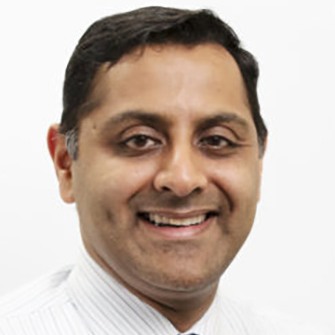
Mahesh Jayaraman, MD
Associate Professor of Diagnostic Imaging, Neurology, and Neurosurgery, Director, Neurovascular Center -

Richard Haas, MD
Associate Professor, Clinician Educator, Diagnostic Imaging, Neurosurgery, & Neurology -
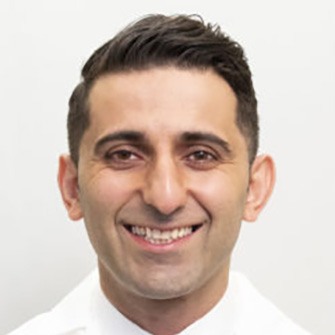
Radmehr Torabi, MD
Assistant Professor of Neurosurgery, Director of Endovascular Neurosurgery Program, Director of Cerebrovascular Surgery and Endovascular Neurosurgery Outcomes Laboratory, Co-Director of Comprehensive Stroke Center -

Krisztina Moldovan, MD
Assistant Professor of Neurosurgery, Co-Director of Endovascular Neurosurgery Program, Co-Director of Cerebrovascular Surgery and Endovascular Neurosurgery Outcomes Laboratory
Neurocritical Care
-

N. Stevenson Potter, MD, PhD
Assistant Professor of Neurology and Neurosurgery, Neurologist, Division of Neurocritical Care -
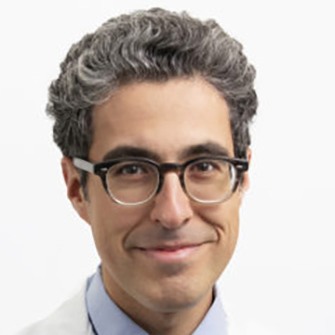
Michael Reznik, MD
Assistant Professor of Neurology and Neurosurgery, Neurologist, Division of Neurocritical Care -
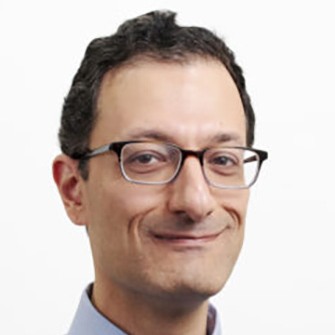
Ali Mahta, MD
Associate Professor of Neurology and Neurosurgery, Neurosurgery and Neurocritical Care, Academic Neurointensivist, Neurologist
Radiation Oncologist -- Neurosurgical Oncology
-
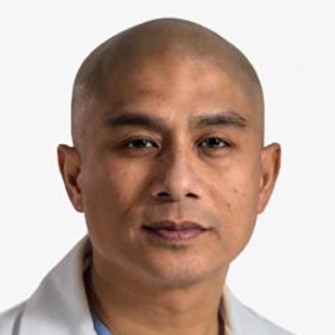
Deus J. Cielo, MD
Associate Professor of Neurosurgery, Vice-Chair for Diversity, Inclusion and Equity, Director, Peripheral Nerve Surgery Division, Co – Director of Stereotactic Radiosurgery Program, Director, Memorial Hospital Neurosurgery Program
Conditions We Treat
- Cerebral and Spinal Aneurysms
- Carotid Artery Stenosis
- Intracerebral and Spinal Hematomas
- Cerebral and Spinal Vascular Malformation
- Arteriovenous Malformations (AVM)
- Dural Arteriovenous Fistulas (dAVF)
- Cavernous Malformations
- Moyamoya disease
- Stroke
- Vascular Tumors of the Brain and Spine
- Trigeminal neuralgia
- Hemifacial spasm
- Microvascular compression syndromes
Research
Focus on clinical outcomes and care delivery for patients with ischemic and hemorrhagic stroke, including outcomes after carotid surgery.
Aneurysm treatment, and in patients treated with thrombectomy for large vessel occlusion.
- Cerebrovascular Surgery and Endovascular Neurosurgery Outcomes Laboratory
- Molecular Neuroscience and Neuro-Oncology Laboratory
Technology
Diagnostic – Radiology Department
- MRI/MRA
- MRI RAPID (technology that looks at blood perfusion to the brain)
- CTA– (special CT scans that look at blood vessels.)
- CT Perfusion
- Cerebral angiography (Gold Standard test to look at blood vessels)
- PET scanner
Therapeutic Technologies
- Surgical microscopes with ICG monitoring
- Intraoperative CT scanner ( used for complex blood vessel disease )
- Endovascular aneurysm treatment
- Flow Diverting Stents
- LINAC (radiation therapy)
- Gamma Knife
- CyberKnife